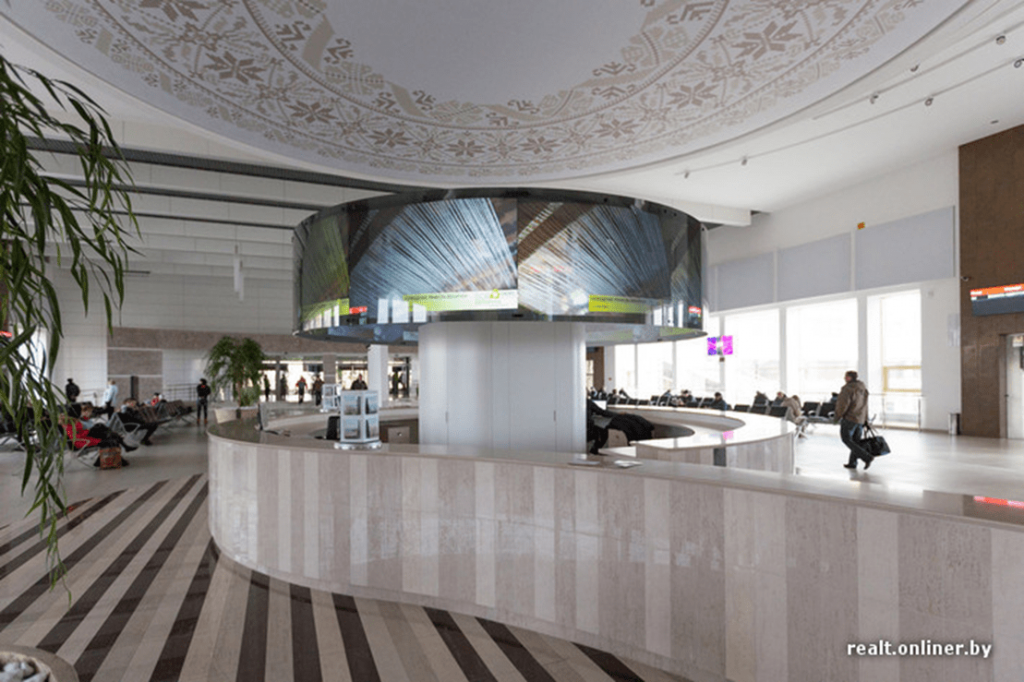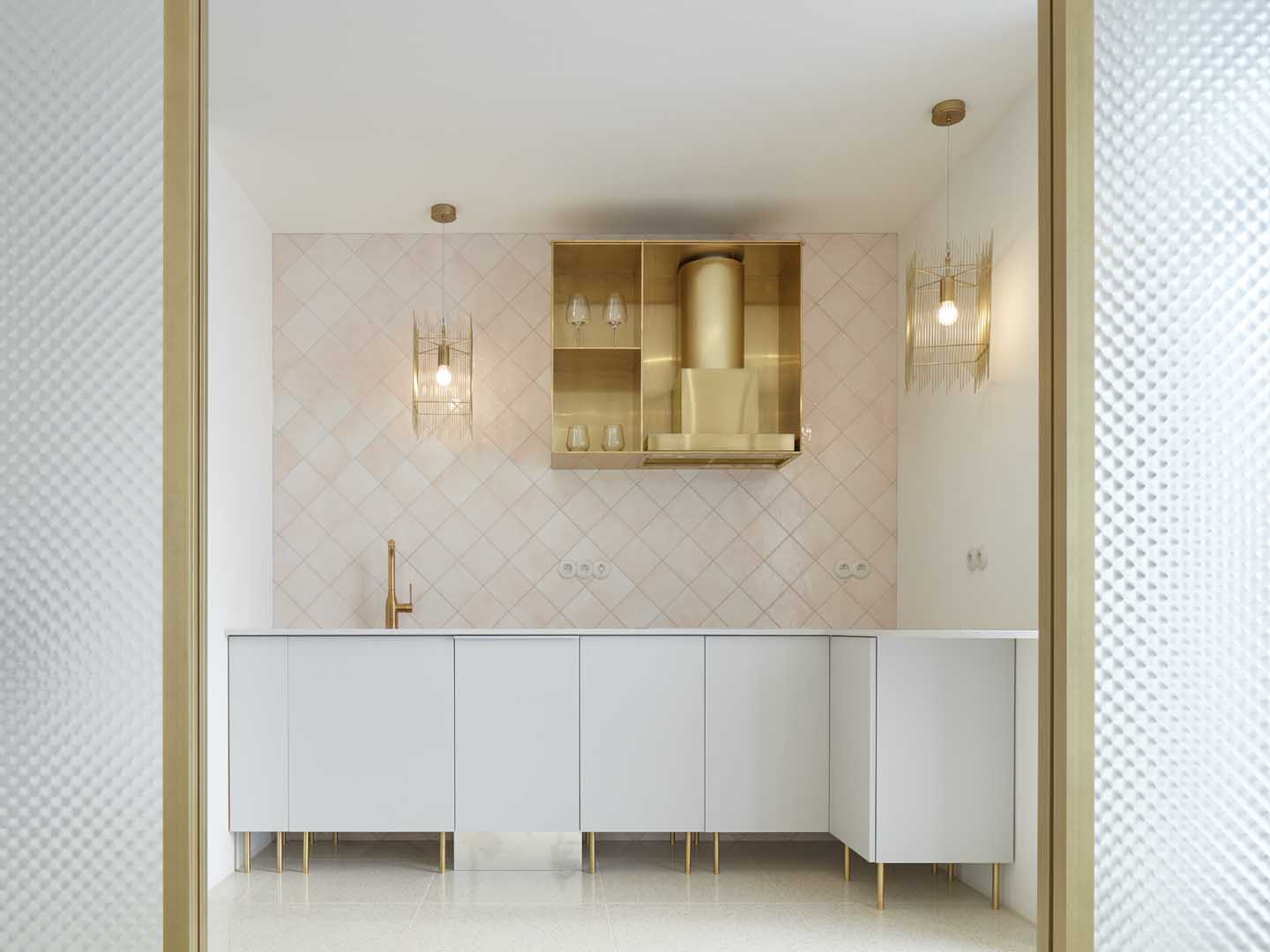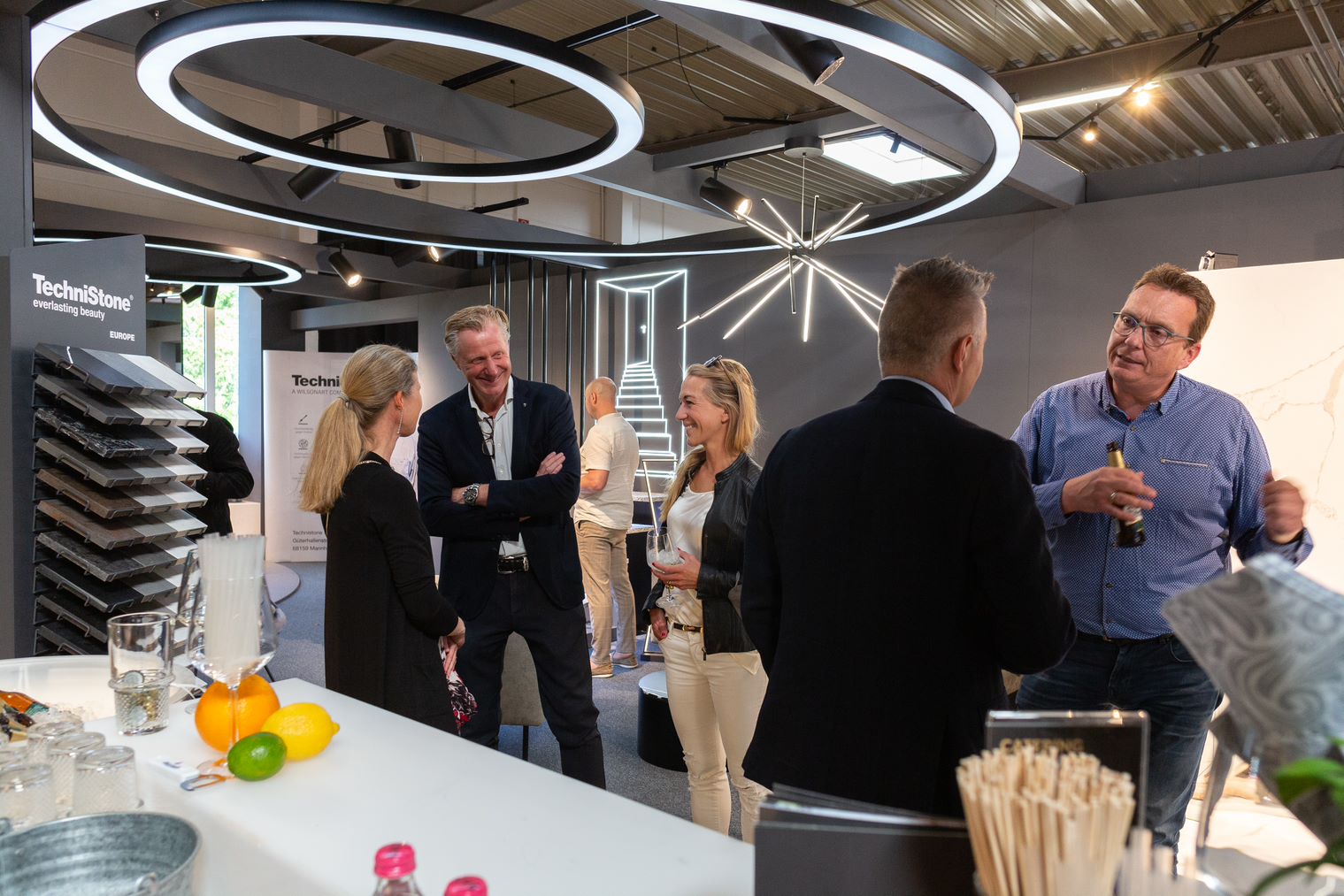
Cast in stone – the rise of the railway station (part 3)
How the right materials and innovative design transform public spaces
As the tenants of modernism took hold across the globe at the turn of the twentieth century, visionary architects sought to use stone, in all its multifarious forms, to elevate the daily transit experience of millions.
Monumental iconic architecture, representative of various cities prosperity, industry and innovation, was embodied in the central train stations of cities around the world. While World War II and the following Cold War seemed to damped the enthusiasm of many, the fall of the Iron Curtain, the dissolution of the former Soviet Union and a new age of free travel and information continued to inspire many designers to utilize more efficient, environmentally sustainable forms of stone to craft their transformative, iconic visions of civic and national pride.
Nowhere is this more evident today than in the Belarusian capital of Minsk.
Downtown Minsk, Belarus Source: Booking.com
Letting the light in in Belarus
Architects V.V. Kramarenko and M.K. Vinogradov were clearly aware that times were changing when they set about reconstructing the waiting room at the iconic Minsk railway station earlier this decade.
Originally opened in 1871, around the same time as the central stations in New York, Stockholm, Prague and earlier than in many European capitals, the Minsk railway station started out as a wooden structure, only to be reconstructed in stone in 1890.
Completely destroyed during World War II, the station was rebuilt in 1945-1946 and served until complete reconstruction began in 1991 and lasted until 2002 due in large part to financial difficulties and the political turmoil surrounding the breakup of the former Soviet Union and the founding of the independent Belarusian state in 1991.
Minsk railway station Source: realt.onliner.by
When it finally opened in 2013, the dimly lit waiting room that used to be cluttered with stalls selling newspapers, souvenirs, medicines and household goods, was transformed into a brilliant open space filled with air and light.
Minsk Railway Station waiting hall Source: Technistone
Elegantly placed curbstones with plants form a graceful corridor to the newly renovated information counter. Aware of the vital importance of creating an open, modern and commuter friendly space that also represented the sophistication and elegance of the city’s history, while at the same time wary of the cost overruns and financial difficulties that had delayed earlier reconstruction attempts for so long, the designers, like the builders of New York’s Grand Central Station in the 1920s, chose the most viable solution to the expense and difficulty of working with marble.
Minsk Railway Station information counter Source: realt.onliner.by
They opted to utilize the timelessness, beauty and durability of Technistone® to transform the interior of this city’s symbol of prominence and pride into a space that was at once completely modern, contemporary and anchored securely in the ancient solidity of quartz stone to the cities venerated past.
This choice of material, environmentally friendly, sustainable, and far less expensive that traditional marble, shows how the innovative thinking of these contemporary designers could work to transform a public space, while venerating centuries of tradition in art and architecture, into a celebration of the light, life and energy of the modern world to be enjoyed by countless people each and every day.













